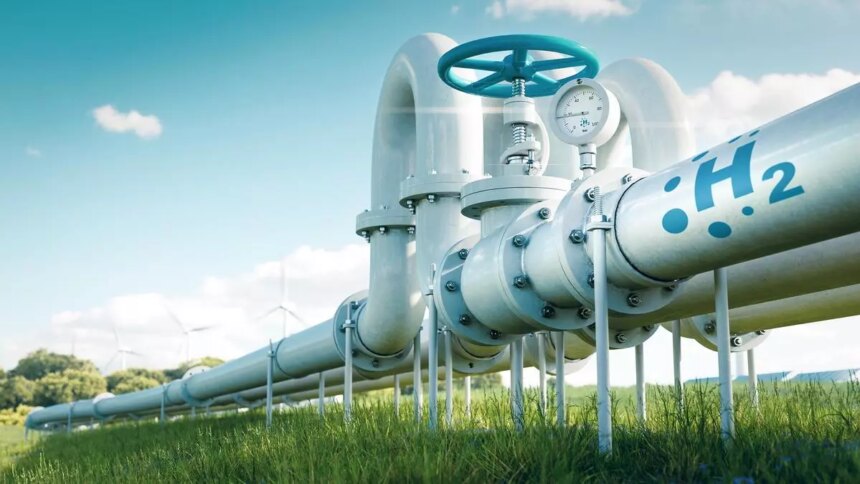Green hydrogen has been hailed as the future of clean energy, but the reality is that it still has a long way to go before it becomes cost-competitive with traditional fossil fuels. The Government of India’s recent approval of financial support for green hydrogen projects highlights the challenges facing the industry. According to a study by the International Institute for Sustainable Development and the Centre for Study of Science, Technology, and Policy, green hydrogen is not projected to be cost-competitive with grey hydrogen (produced from natural gas) until after 2050.
The high production costs of green hydrogen, which are generally one-and-a-half to six times more expensive than fossil-based production, pose a significant barrier to its widespread adoption. The study suggests that substantial government subsidies would be required to make green hydrogen competitive with grey hydrogen, and even then, additional support would be needed until cost parity is achieved after 2050.
Despite efforts to ramp up green hydrogen production and electrolyser manufacturing capacity, progress has been slow. While installed electrolyser capacity is projected to reach 5 GW in 2024, the majority of this capacity is concentrated in China. Furthermore, a significant amount of planned green hydrogen projects are located in water-stressed regions, exacerbating concerns about water usage.
As technology continues to advance and costs decrease, green hydrogen may become more viable in the future. However, for now, the pursuit of green hydrogen remains a challenging and expensive endeavor. The study calls for a reevaluation of current targets and a more realistic timeline for developing a green hydrogen industry in India.
In conclusion, while green hydrogen holds promise as a sustainable energy source, it is clear that significant hurdles remain on the path to widespread adoption. Continued investment in research and development, as well as policy support, will be crucial in overcoming these challenges and driving the transition to a greener energy future.










